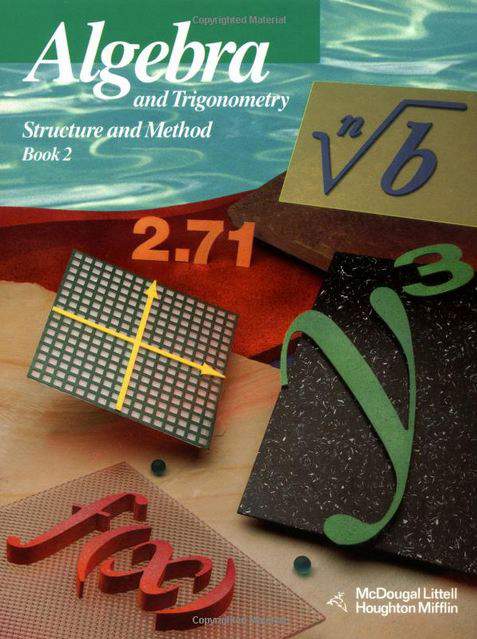Connecting...

This is a quick preview of the lesson. For full access, please Log In or Sign up.
For more information, please see full course syllabus of Algebra 2
For more information, please see full course syllabus of Algebra 2
Algebra 2 nth Roots
Lecture Description
We've only used square roots so far but this teaches you the third root, fourth root, and so forth. Generally, it’s called the nth root. For example, the third root of 8 is 2, because 2 to the third power is 8. There can be two nth roots. You'll learn about a principal nth root, and about positive and negative roots. When we're finding the nth root of an even power, sometimes we need to use the absolute values of the result. This guarantees that the answer is non-negative. Check the examples to practice and understand this better.
Bookmark & Share
Embed
Share this knowledge with your friends!
Copy & Paste this embed code into your website’s HTML
Please ensure that your website editor is in text mode when you paste the code.(In Wordpress, the mode button is on the top right corner.)
×
Since this lesson is not free, only the preview will appear on your website.
- - Allow users to view the embedded video in full-size.
Next Lecture
Previous Lecture









































 Carleen Eaton
Carleen Eaton Grant Fraser
Grant Fraser
 Answer Engine
Answer Engine



0 answers
Post by julius mogyorossy on October 22, 2014
Dr. Carleen, you say that when deciding whether to use absolute value bars to take in to account the index, this seems to contradict Educator, it seems unlogical, what's up? The un is intentional, long story.
1 answer
Last reply by: Kavita Agrawal
Mon Jun 17, 2013 10:41 PM
Post by Jose Gonzalez-Gigato on January 5, 2012
In Example I, the result should be y^2, not y^8.
1 answer
Last reply by: Hoochie Mamma
Tue Aug 23, 2011 10:16 PM
Post by Hoochie Mamma on August 21, 2011
I hate that you can't point and click where you want the volume to be set. some clips are loud and others are softer and I'm constantly trying to adjust the volume.
Also, the same with the rewind feature. You can't point and click wheere you want the video to play. If you missed one word and try to rewind a little, you can't. You're forced to rewind back 30 seconds and longer. When watching an hour long video and rewinding often, it ends up taking forever to have to rewind so far back.